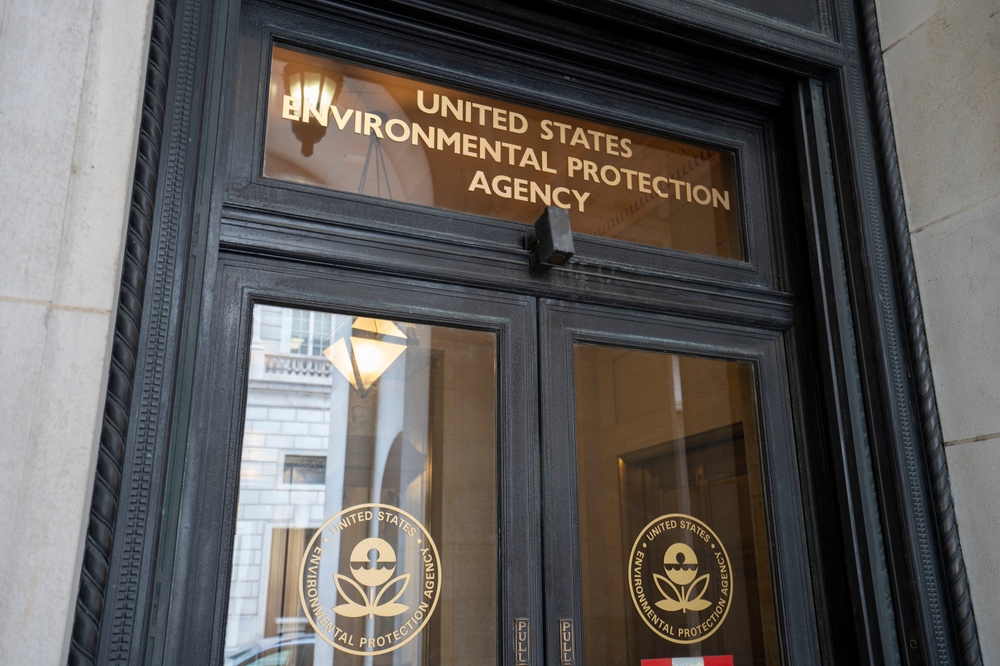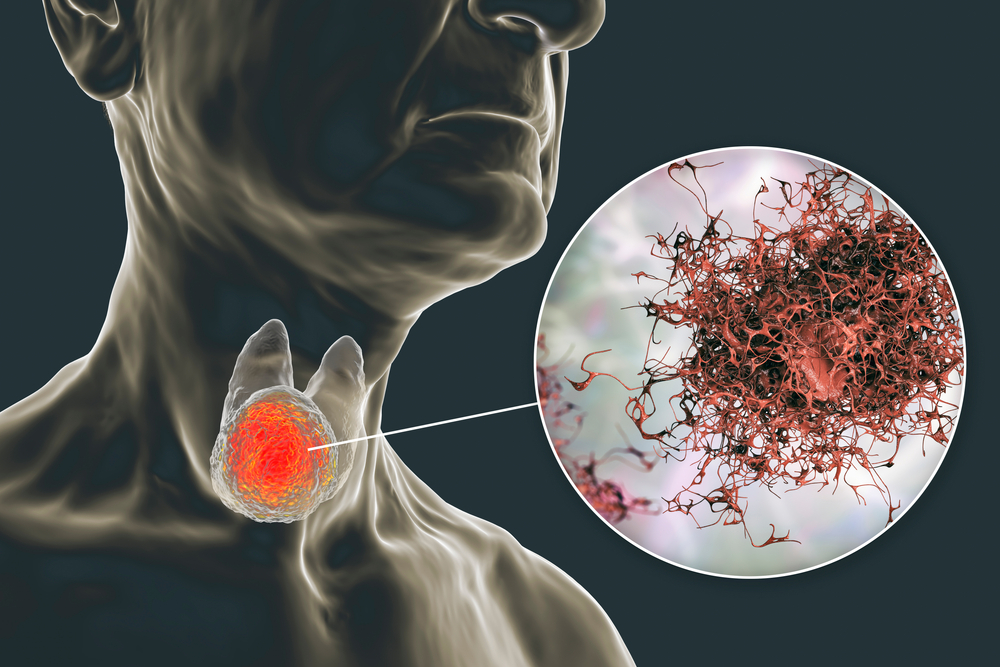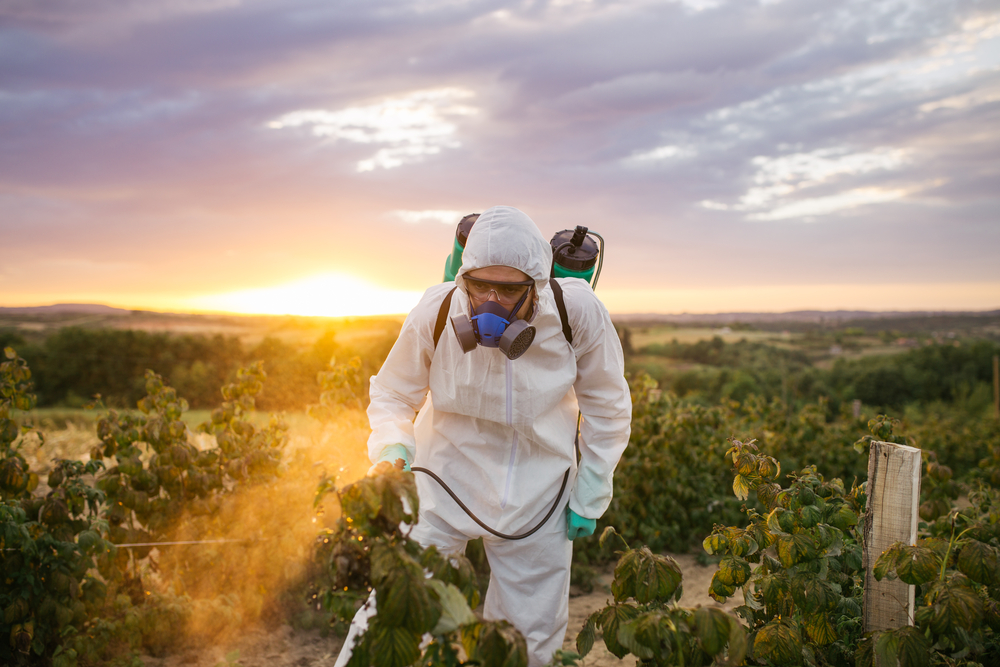Paraquat History: An In-depth Look
Paraquat is one of the oldest and most prevalent herbicides in the world. It’s used primarily to deal with weeds and grasses that can affect crops.
Paraquat is available in various strengths, but only commercially licensed applicators can purchase Paraquat. Therefore, it is not sold in stores to everyday people.

Despite its effectiveness as an herbicide, paraquat is also extremely hazardous to humans and animals. It doesn’t take much exposure to develop severe symptoms or even death.
Below, we’ll explain why paraquat is so popular, provide a history of the substance, look at its chemical structure (without getting too technical), and examine the dangers it poses to human health.
Why is Paraquat so Popular as an Herbicide?
Paraquat is popular because it kills weeds fast and breaks down in the soil relatively easily. Many use it to supplement other herbicides, such as Roundup, as some users have run into issues with glyphosate-resistant weeds (glyphosate is another herbicide and Roundup’s primary ingredient).
Paraquat is still used in many developing areas of the world, especially parts of Asia and Latin America.
The History of Paraquat
Discovery
Paraquat has a long history of existence, but it has only been known and used for its herbicidal properties for about half that time.
Paraquat was first discovered in 1882 by two Austrian chemists — Hugo Weidel and his student, M. Russo. They synthesized it as an iodide salt and studied it, but they never discovered its use as an agrochemical.
In 1933, two scientists by the names of Michaelis and Hill discovered its reduction-oxidation properties. Without getting too deep into chemistry and biology, these properties are why paraquat is toxic to animals and humans.
Not until 1955 did scientists working for British chemical company Imperial Chemical Industries (ICI) — acquired by another company since then — discover paraquat’s herbicidal properties. Naturally, the company sought to produce and sell it for agricultural use after making this discovery.
Manufacture
Soon after, in 1962, ICI began manufacturing a herbicide named Gramoxone using paraquat as the primary ingredient. Since Gramoxone was the first popular paraquat product, many still refer to paraquat as Gramoxone today.
As the decades rolled on, more paraquat-based products entered the market, providing customers with additional choices.
Public Scares
Paraquat was the subject of several public scares in the 1970s and 1980s.
In the 1970s, the U.S. federal government was looking to stymie the flow of marijuana across the border from Mexico. To do so, they provided funding to Mexican drug enforcement authorities to spray marijuana and poppy fields with paraquat. The goal was to kill the plants before they were shipped north, but Mexican farmers shipped the marijuana to the U.S. for sale anyway.
Marijuana was quite popular in the 1970s, coming off the previous decade, which naturally created a massive scare.
In the 1980s, it was discovered that some law enforcement had helped smuggle marijuana from the southern border and grow the plant in Georgia’s Chattahoochee Forest. As a result, the Reagan administration sprayed paraquat on these marijuana farms and other places where the plant was grown. Lawsuits quickly stopped this from happening — but the practice was later revived in 1988 before ending for good in the 1990s.
Another scare occurred in the 1980s in Japan. Someone had put paraquat in several drinks then placed them in and around a vending machine. Some of these drinks were consumed. Altogether, 35 people were poisoned, and 11 died. Japanese police were never able to find the culprit.
Today
Given the toxic effects on human health and potential adverse environmental consequences of using paraquat, there have been many campaigns to ban it. For example, the European Union allowed Paraquat in 2004, but it was later banned in 2007.
Paraquat is still widely used in the U.S., and efforts to ban it have stagnated or failed.
Paraquat’s Chemical Structure
Paraquat is classified chemically as a methyl viologen. This class of compounds has various commercial uses aside from herbicides — paraquat just happens to be the most widely used viologen.
Paraquat itself is usually present as paraquat dichloride, a salt. The salt is then used to create the various paraquat-based herbicides on the market, like Gramoxone.
Paraquat is naturally tasteless, odorless, and invisible. However, manufacturers apply dyes to the chemical to help avoid accidental ingestion or other forms of exposure.
How Dangerous is Paraquat?
Paraquat is extremely dangerous to human health. Ingesting just a small amount can lead to the failure of several organs and other severe symptoms within hours to a few weeks. Small amounts can lead to eventual death without proper treatment — larger amounts can cause death much faster.
People may also be exposed to paraquat through inhalation or contact with the skin. Ingesting is the most dangerous form of exposure, but inhalation and even skin contact can prove fatal in certain instances.
Paraquat has also been linked to the development of Parkinson’s in some studies.
Due to the dangers of paraquat, many lawsuits have been filed. The U.S. Judicial Panel on Multidistrict Litigation (JPML) consolidated into one lawsuit in the U.S. District Court for the Southern District of Illinois in 2021.





















